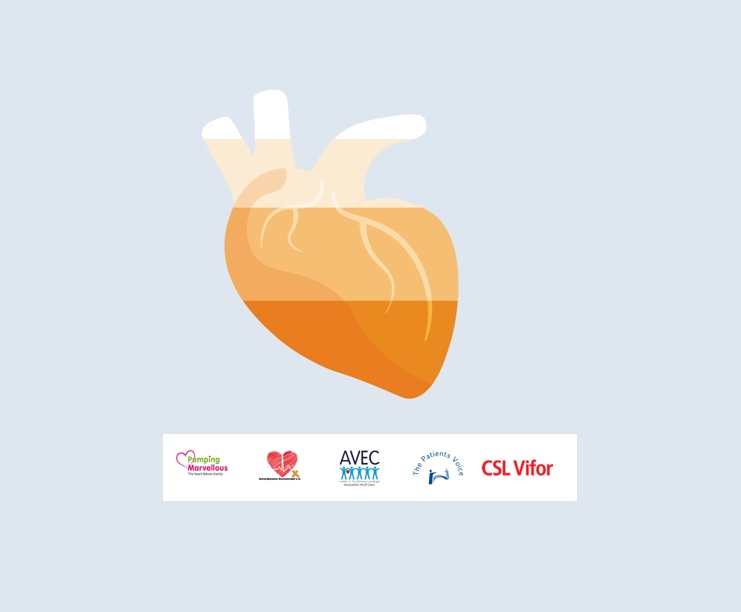Rather than submitting a value dossier in accordance with the national rules and regulations, pharmaceutical companies now operate in a context where there is no agreement on how to define ‘value’ and a ‘fair price’ for their innovations. Consequently, pharmaceutical companies have become co-responsible for finding alignment on what constitutes value and what constitutes a fair price.In this blog, we present 5 principles for pharmaceutical companies that want to be successful in this patient access reality.
New treatment options for patients, challenging trade-offs for policy makers and payers
Today’s patient access challenges can be summarized as:
- We need more, especially in terms of quantity: the number of people in need of medicines increases due to ageing populations.
- We offer more, especially in terms of quality: innovative treatment options become available at high speed, often highly specialized and targeted.
- Our healthcare budgets are finite and under pressure: today even more than before a result of the COVID-19 pandemic.
Consequently, EMA approval of a therapy’s safety and efficacy is not enough for patients to access therapies. National decision makers need to make challenging trade-offs on whether they wish to spend public and finite healthcare resources on a new treatment option for patients.
What do we consider ‘value’ and what is a ‘fair price’ for value delivered?
To inform these decisions, health technology assessments (HTAs) ensure a systematic, transparent, and robust review of the therapy’s benefits. Criteria and evidence requirements vary per country. And even within countries they are often case-dependent. This allows for tailor-made assessment but increases unpredictability and prolongs discussions. The root cause is that we actually do not know how to define ‘value’ and a ‘fair price’. Because yesterday’s frameworks for determining value and a fair price do not fit today’s therapies.
Stakeholders such as HTA bodies, pharmaceutical companies, policy makers, regulators, payers, patient access advocates, experts or parliamentarians may know individually how they define value and a fair price. But their vision cannot be applied in practice, as other stakeholders are not aligned. Or because their vision is not applicable across therapies or situations.
Today’s questions cannot be answered by individual stakeholders in isolation
A first key question for stakeholders to align on is: “What is the best methodology for determining a fair price?”
The root cause is that we actually do not know how to define ‘value’ and a ‘fair price’.
Option one: we base the price of new medicines on costs incurred for research and development. In doing so, making more costs is rewarded rather than creating added value for patients. In addition to providing the wrong incentive to innovators, another challenge in this approach is the agreement among all parties about how much it costs to develop a new medicine.
Option two: we base the price on value delivered to patients, to reward most what matters most to patients. In our opinion this is the most viable approach. But it also raises new, and even more challenging questions:
1. How do we define value: do we only look at medical value, or include economic and societal value as well? Do we look at added value only, or also include savings?
2. How do we measure value: when defining medical value for example, do we only value overall or progression free survival? Or do we value other indicators of medical value as well?
3. How do we deal with uncertainty: when we have no certainty (yet) on added value or cost-effectiveness, do we let patients wait? Or do we define mechanisms to ensure patients have access in the meantime?
4. What is an appropriate price for value delivered: do we apply a fixed benchmark of e.g. EUR 60,000 per QALY? Or do we install a transparent, yet more flexible system to define the benchmark price for different therapies and situations?
5. What is an acceptable budget impact: how much can we afford for a new therapy and how do we safeguard the overall sustainability of our healthcare or pharmaceutical budget?
These questions are not easy to answer and cannot be answered by one stakeholder single-handedly. It is not a matter of ‘let us agree to disagree’. And placing the responsibility of answering these questions with pharmaceutical companies alone (by asking for ‘fair’ or ‘responsible pricing’) oversimplifies today’s challenge and the questions to answer.
These questions need to be answered by all stakeholders in collaboration. Only in this way we can find answers that take all perspectives into account in a balanced way and are considered ‘fair’ by all stakeholders involved.
5 KEY PRINCIPLES FOR SUCCESS IN TODAY’S PATIENT ACCESS REALITY
For pharmaceutical companies, ensuring reimbursement for innovative therapies used to be a matter of submitting a robust dossier for health technology assessment. In today’s reality, access organizations need to continuously work with stakeholders to answer difficult questions related to ‘value’ and a ‘fair price’.
“These questions are not easy to answer and cannot be answered by one stakeholder single handedly.”
This requires pharmaceutical companies to:
1. Work outside-in: know your stakeholders to truly understand and empathize with their needs (‘listen to understand’ rather than ‘talk to convince’).
2. Shape: pro-actively drive changes in the access environment, using your expertise and insights and focusing on the common ground.
3. Innovate: introduce new access approaches and solutions based on a clear understanding of needs and the common ground.
4. Co-create: move from a transactional relation in which you are a supplier, to partnerships in which you are a trusted stakeholder with whom challenges are addressed in collaboration.
5. Integrate: ensure that all functions work together towards the same objective in a coherent way.
In today’s reality, patient access is at risk. Successful pharmaceutical companies realize they have become co-responsible for finding the best possible solutions (both at the level of the system and the therapy) to ensure access for today’s and tomorrow’s patients.



